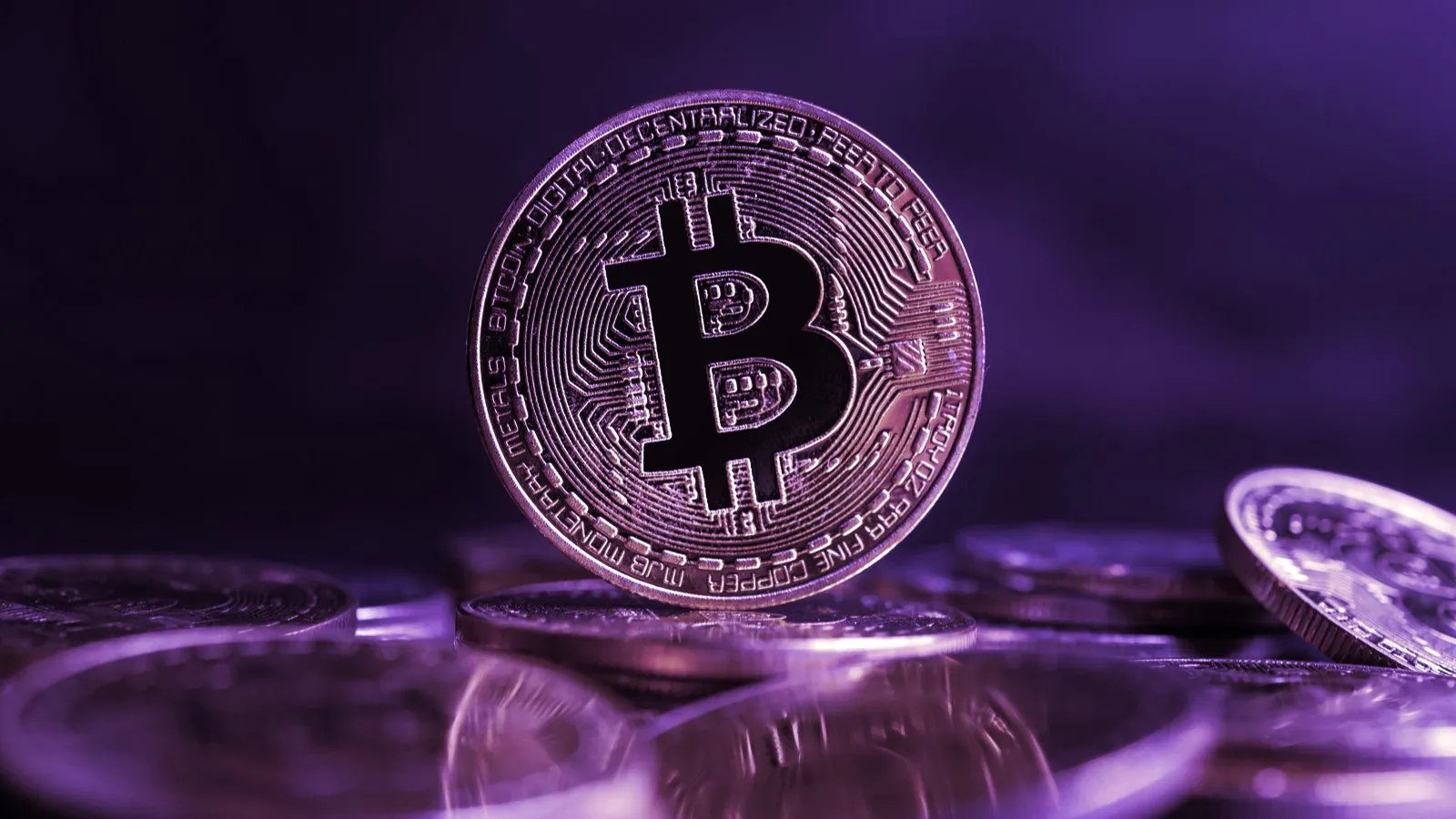Bitcoin has played a central role in financing the white supremacy movement, according to a new Hatewatch analysis published by the Southern Poverty Law Center.
“Hatewatch identified and compiled over 600 cryptocurrency addresses associated with white supremacists and other prominent far-right extremists for this essay and then probed their transaction histories through blockchain analysis software,” the SPLC said. “What we found was striking.”
According to the SPLC, Greg Johnson, editor in chief of white supremacist publishing house Counter-Currents, Andrew Anglin of neo-Nazi publication The Daily Stormer, Don Black of racist platform Stormfront—and many others—were all early investors in Bitcoin and have since reaped the financial rewards ever since.
“The estimated tens of millions of dollars’ worth of value extreme far-right figures generated represents a sum that would almost certainly be unavailable to them without cryptocurrency, and it gave them a chance to live comfortable lives while promoting hate and authoritarianism,” the SLPC added.
Molyneux spent over $3 million in bitcoin
The SPLC used crypto exchange Gemini’s 2021 State of the US Crypto Report to show that less than 25% of Americans own cryptocurrencies.
However, those numbers increase dramatically among far-right extremists. “Hatewatch struggled to find any prominent player in the global far-right who hasn’t yet embraced cryptocurrency to at least some degree,” the SPLC said.
White supremacists are not just investing in Bitcoin—or receiving donations in Bitcoin for that matter—but they’re spending it too.
Stefan Molyneux, a proponent of scientific racism and eugenics, has both received and spent the most Bitcoin among his white supremacist counterparts. Molyneux has received over $1,500,000 worth of Bitcoin, and spent over $3,000,000.
“Molyneux’s experience with Bitcoin stands out alongside the other extremists Hatewatch studied,” the SPLC added. “Not only did he invest long-term in Bitcoin, holding the asset through periods of volatility rather than cashing out, but his donors bestowed him with 1,250 Bitcoin tokens, far more than anyone else Hatewatch studied.”
Monero also finds traction
This Hatewatch analysis is the latest in a long line of examples showing how important crypto has become to the far right.
In September, an investigation by the Associated Press showed that far-right groups and individuals had raised millions worth of cryptocurrencies. Anglin was a standout, having received $5 million worth of Bitcoin since January 2017.
Anglin reportedly turned to Bitcoin after having been previously banned by PayPal and other credit institutions. He even published a guide called “Retard’s Guide to Using Bitcoin” after the Charlottesville riots in August 2017.
In September, Douglass Mackey—a far-right conspiracist who threatened voters—received $60,000 worth of Bitcoin to fund his legal troubles.
Most recently, popular QAnon figure and Congress-hopeful, Ron Watkins, took to Telegram to ask for Bitcoin donations to aid his campaign after failing to raise funds in the traditional way.
However, Bitcoin is not the only culprit here.
Once law enforcement started circling, Anglin turned to Monero, a privacy-focused cryptocurrency.
“Every Bitcoin transfer is visible publicly. Generally, your name is not attached to the address in a direct way, but spies from the various ‘woke’ anti-freedom organizations have unlimited resources to try to link these transactions to real names,” Anglin said at the time.
Right-wing pundits like Candace Owens and Ryan Fournier have also been pushing “right-wing” cryptocurrencies dubbed “Let’s Go Brandon” and “F*ck Joe Biden.”
As far back as the Capitol Hill riots this January, rioters including white supremacist Nick Fuentes received $500,000 worth of Bitcoin by a now-deceased donor who said he “cared about what happens after [his] death,” and who “decided to leave [his] modest wealth to certain causes and people.”

